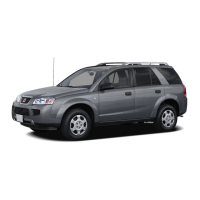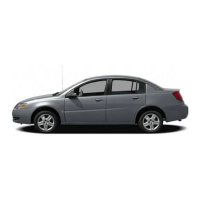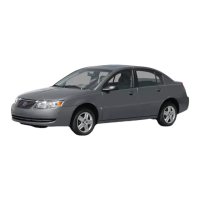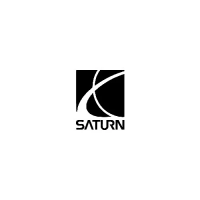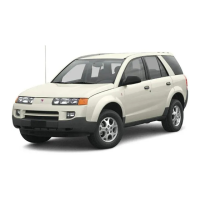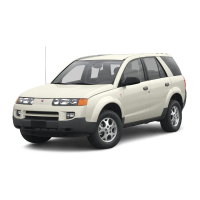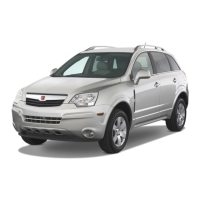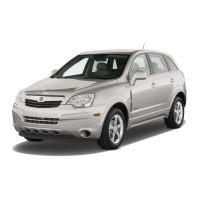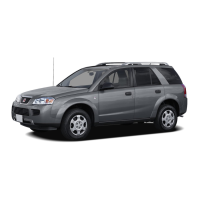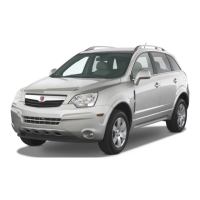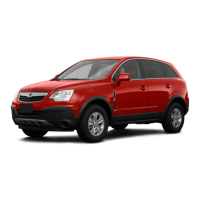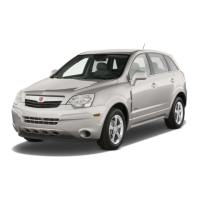If your vehicle is equipped
with the 2.2L L4 engine,
the traction control system
can be turned off by
pressing the traction
control button. It is located
on the instrument panel
above the audio system.
If your vehicle is equipped with the 3.5L V6 engine,
the traction control system will be turned off when the
shift lever is in REVERSE (R) or LOW (L). The traction
control system warning light will be displayed on the
instrument panel. See Traction Control System (TCS)
Warning Light on page 3-34 for more information.
The traction control system can be activated again
by pressing the traction control button for the
2.2L L4 engine, or by selecting DRIVE (D) or
INTERMEDIATE (I) for the 3.5L V6 engine.
If the system is limiting wheel spin when you press
the button, the system will not turn off until there is no
longer a current need to limit wheel spin. You can
turn the system back on at any time by pressing the
button again. If the traction control warning light does
not come on, you may not have traction control and
your vehicle should be serviced at a retailer.
Adding non-Saturn accessories can affect your vehicle’s
performance. See Accessories and Modifications on
page 5-3 for more information.
All-Wheel Drive (AWD) System
If your vehicle has all-wheel drive (AWD), the AWD
system operates automatically without any action
required by the driver. If the front drive wheels begin
to slip, the rear wheels will automatically begin to
drive the vehicle as required. There may be a slight
engagement noise during hard use but this is normal.
During heavy AWD applications, the engine torque
may be reduced to protect AWD system components.
If the vehicle is exposed to extended heavy AWD usage,
the AWD system will shut itself off to protect the
system from overheating. When the system cools down,
the AWD system will activate itself again automatically;
this cool-down can take up to 20 minutes depending
on outside temperature and vehicle use.
Steering
Electric Power Steering
If the engine stalls while you are driving, the power
steering assist system will continue to operate until
you are able to stop your vehicle. If you lose power
steering assist because the electric power steering
system is not functioning, you can steer, but it will
take more effort.
4-11
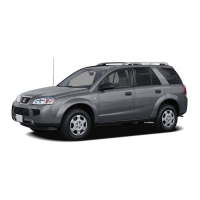
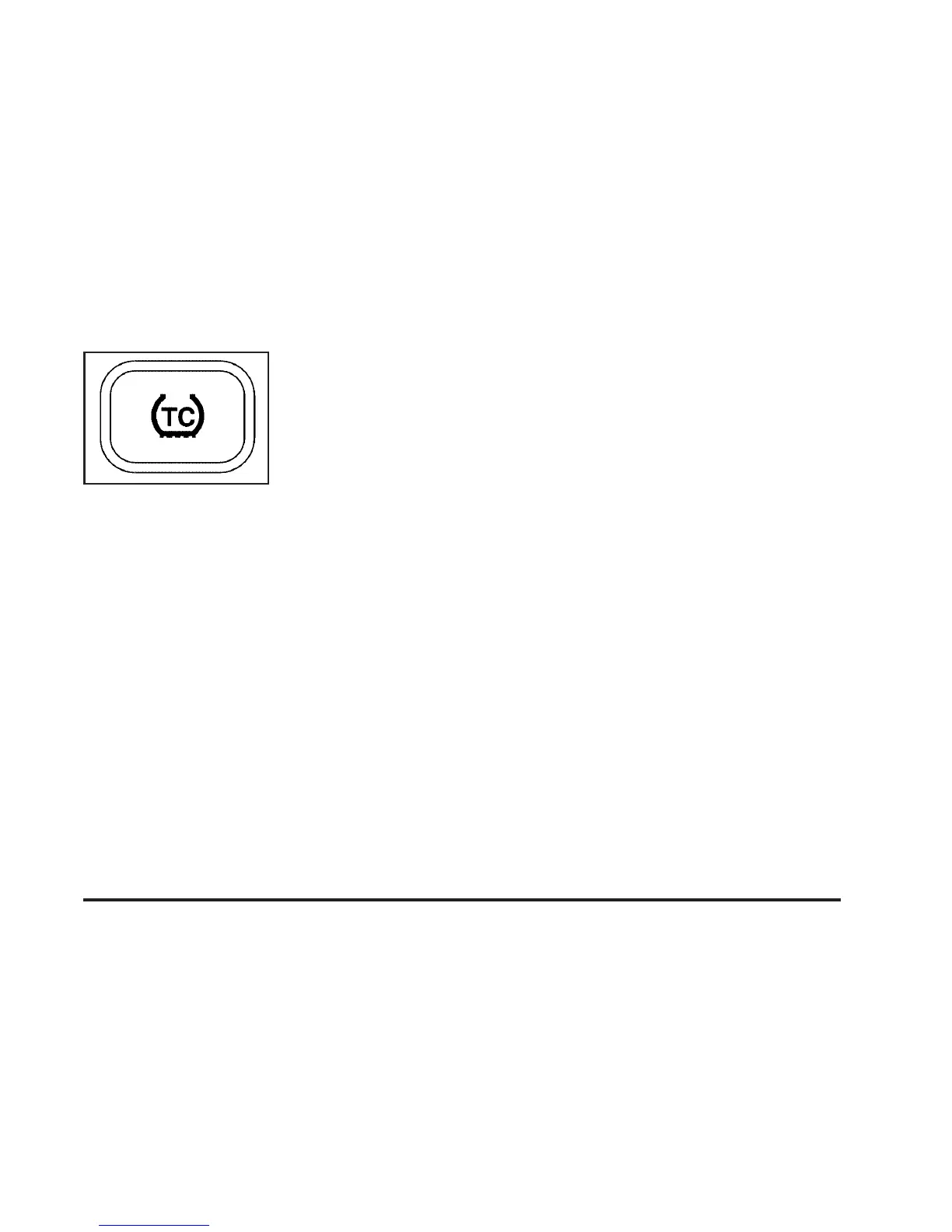